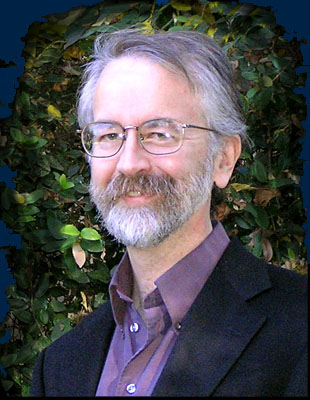Brent
Fultz received his undergraduate degree from MIT, and his Ph.D. from U. C. Berkeley in 1982. He was a Presidential Young Investigator, and he received an IBM Faculty Development Award and a Jacob Wallenberg Scholarship. He won the 2010 TMS EMPMD Distinguished Scientist Award and the 2016 William Hume-Rothery Award of TMS. He was elected Fellow of the Neutron Scattering Society of America in 2016, full member of the Society of Sigma Xi in 2017, Fellow of the American Physical Society in 2017, Fellow of TMS in 2018, "Outstanding Referee" of the American Physical Society in 2019, and received the 2022 service and leadership award of the Neutron Scattering Society of America. He serves on review boards of the Advanced Photon Source and the Spallation Neutron Source. He consulted for an electronics testing company, Everett Charles Technologies, for the Defense Science Board, was a member of the Science Advisory Board of Actium Materials, Contour Energy, and the Materials Project. Fultz has authored or co-authored over 400 publications, including two textbooks that are in their second and fourth editions with Cambridge and Springer publishers. He supervised 50 Ph.D. theses at Caltech.
Brent Fultz and Jim Howe authored a graduate-level textbook
on diffraction and microscopy of materials (now in its fourth English edition).
Fultz authored a second graduate-level textbook on phase transitions in materials
that unifies concepts from materials science and condensed-matter physics.
X-ray and neutron scattering are two of the most important methods for
studying materials, and the U.S. community of scattering scientists now
has access to remarkably powerful and precise synchrotrons and neutron sources.
These require innovative hardware and software for new studies of materials.
Brent Fultz was the Principal Investigator for building the
ARCS
spectrometer at the
Spallation
Neutron Source, in operation since 2007.
Scientific computing offers opportunities for doing new science with neutron scattering experiments, and
he was the Principal Investigator of the software development project, Distributed Data Analysis for Neutron Scattering Experiments,
DANSE.
|
One topic
of Fultz's research is how atom vibrations in solids affect the entropy
and free energy of materials -- a review article is available here (4.5 MB).
Vibrations are the main source of entropy of solid materials. They are quantized as "phonons," which we measure by inelastic neutron scattering. Inelastic neutron scattering is also sensitive to magnetic
and electronic excitations in solids, and
these excitations can have thermodynamic importance, too.
An important scientific challenge is to learn why different materials have different phonon entropies and how phonon entropy changes with temperature and pressure.
Recent work has focused on a broad range of temperatures, where phonons interact with other phonons, and interact with the excitations of
electrons and spins.
The high sensitivity of ARCS has allowed us to discover new phenomena of anharmonic phonons, such as frequency doubling and
intermodulation sidebands.
Modern ab initio computations based on density functional theory are now essential for work on phonons and electrons in solids.
Today the
quasiparticle excitations of phonons and electrons can be
studied computationally by ab initio molecular dynamics.
Using high-resolution inelastic x-ray scattering, Fultz's group has also been measuring how
vibrational thermodynamics is altered when the material is under megabar pressures in a diamond anvil cell.
This work led to the 2023 explanation of the Invar effect as a delicate balance between the excitations of
phonons and spins.
For many years Fultz's group worked on materials that
store lithium (used in rechargeable batteries),
and on materials that store hydrogen.
One effort is focused
on understanding the adsorption interactions of hydrogen molecules with
surfaces.
For materials that store lithium or sodium ions,
Fultz's group found an opportunity to use nuclear resonant
scattering on materials at sub-megabar pressures
to measure the atom distortions that occur as
an electron hops between adjacent ions (an "activation volume").
The mechanism of "small-polaron hopping"
is the source of electrical conductivity of many battery materials that
are otherwise insulators at low temperatures.
Brief descriptions
of recent research results are given in the Fultz
Group site.
|
